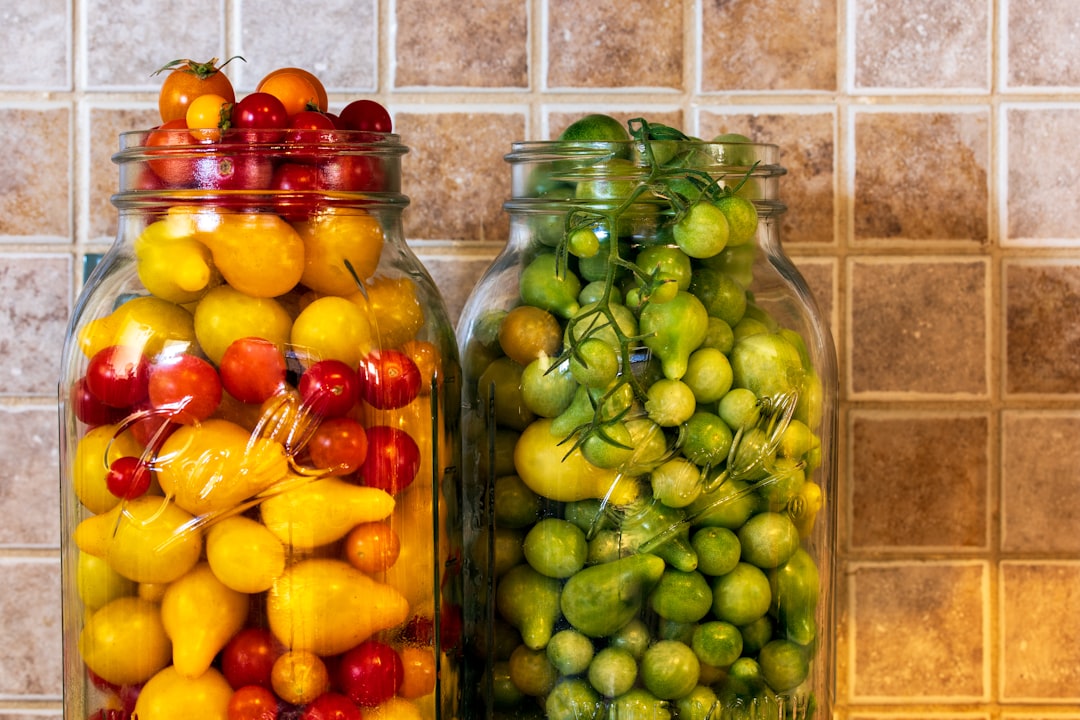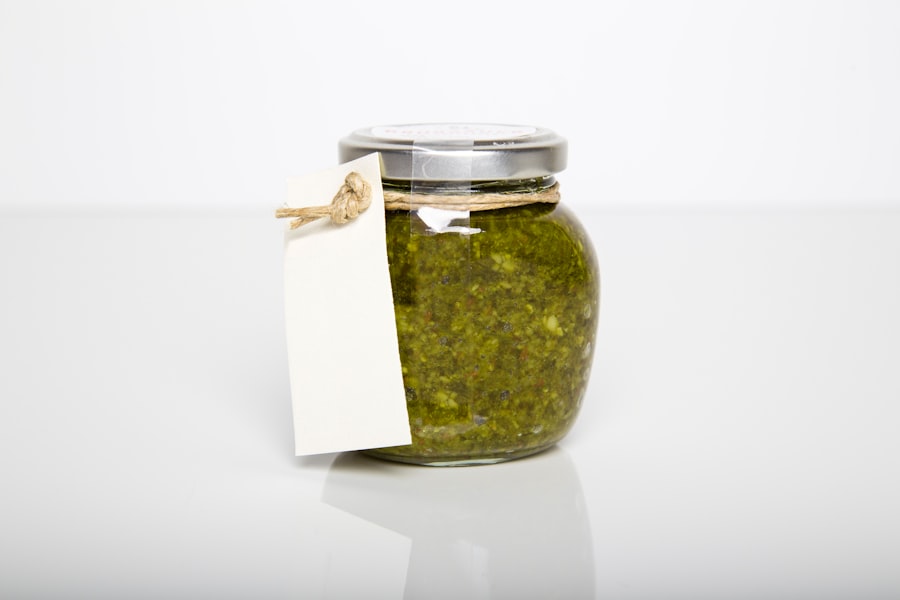Pickles: Fruit or Vegetable?

The age-old debate of whether pickles are fruits or vegetables has puzzled many people for years. While some argue that pickles are fruits due to their origin from cucumbers, others believe that they are vegetables because of their savory taste and culinary uses. The confusion surrounding the classification of pickles stems from the fact that they undergo a transformation through the process of pickling, which alters their original form and characteristics. In order to understand whether pickles are fruits or vegetables, it is important to delve into the scientific definitions and characteristics of these food groups.
Key Takeaways
- The debate over whether pickles are a fruit or vegetable is ongoing.
- Fruits and vegetables have distinct differences in their botanical classification.
- Pickling and preserving fruits and vegetables has been practiced for centuries.
- Pickles come in many varieties and can be made with a variety of ingredients.
- Pickles have cultural significance and potential health benefits, but should be consumed in moderation.
Understanding the difference between fruits and vegetables
In botanical terms, fruits are defined as the mature ovaries of flowering plants that contain seeds. They develop from the fertilized flowers and are typically sweet or tart in taste. On the other hand, vegetables are the edible parts of plants that do not contain seeds, such as leaves, stems, roots, or bulbs. They can be consumed in various forms, including raw, cooked, or pickled. The main characteristic that differentiates fruits from vegetables is the presence of seeds in fruits.
The science behind pickling and preserving fruits and vegetables
Pickling is a process of preserving food by immersing it in a solution of vinegar or brine. This technique has been used for centuries to extend the shelf life of perishable foods and enhance their flavor. The process of pickling involves submerging fruits or vegetables in a mixture of vinegar, water, salt, and spices, which creates an acidic environment that inhibits the growth of bacteria and other microorganisms. The acidity also helps to preserve the color, texture, and flavor of the pickled food.
The history of pickling and its evolution over time
| Time Period | Significant Events | Impact on Pickling |
|---|---|---|
| Ancient Times | Pickling used as a method of food preservation in Mesopotamia and Egypt | Establishment of pickling as a common food preservation method |
| Medieval Times | Pickling becomes popular in Europe, especially in England and Germany | Development of regional pickling traditions and recipes |
| 18th and 19th Centuries | Industrialization leads to mass production of pickles and the creation of pickle factories | Increased availability and accessibility of pickles |
| 20th Century | Introduction of new pickling techniques, such as refrigeration and pasteurization | Improved safety and quality of pickled products |
| Present Day | Renewed interest in artisanal and homemade pickling | Exploration and experimentation with new flavors and ingredients |
The practice of pickling dates back thousands of years and can be traced to ancient civilizations such as Mesopotamia, Egypt, and China. In these early cultures, pickling was primarily used as a means of preserving food for long periods of time, especially during times of scarcity. Over time, pickling techniques evolved and spread to different parts of the world, each region developing its own unique methods and flavors. In Europe, pickling became popular during the Middle Ages, when sailors used pickled foods to prevent scurvy during long sea voyages. In the Americas, pickling was introduced by European settlers and became an integral part of American cuisine.
The nutritional value of pickles: Are they more like fruits or vegetables?
Pickles are low in calories and fat, making them a healthy snack option. They are also a good source of vitamins and minerals, including vitamin K, vitamin A, and potassium. However, the nutritional content of pickles can vary depending on the ingredients used in the pickling process. Some pickles may contain added sugars or high levels of sodium, which can be detrimental to health if consumed in excess. When comparing pickles to fruits and vegetables, it is important to consider their nutritional profiles and how they contribute to a balanced diet.
The various types of pickles and their ingredients

There are many different types of pickles found around the world, each with its own unique flavor and ingredients. Some popular types of pickles include dill pickles, bread and butter pickles, sweet pickles, and kimchi. Dill pickles are made with cucumbers and flavored with dill weed and garlic. Bread and butter pickles are made with cucumbers, onions, and a sweet brine. Sweet pickles are made with cucumbers that have been soaked in a sweet syrup. Kimchi is a traditional Korean pickle made with fermented cabbage and spices.
The cultural significance of pickles around the world
Pickles hold cultural significance in many parts of the world and are an integral part of various cuisines. In India, pickles known as achaar are a staple in every household and are made with a variety of fruits and vegetables, including mangoes, lemons, and chilies. In Japan, pickled vegetables called tsukemono are served as a side dish with meals and are believed to aid digestion. In the United States, pickles are commonly served alongside sandwiches and burgers, adding a tangy and crunchy element to the meal.
The health benefits and potential drawbacks of consuming pickles
Pickles offer several health benefits due to their high content of vitamins, minerals, and antioxidants. They can help improve digestion, boost the immune system, and promote healthy skin. However, it is important to consume pickles in moderation due to their high sodium content. Excessive consumption of sodium can lead to high blood pressure and other health problems. Additionally, some pickles may contain added sugars or artificial preservatives, which can be detrimental to health if consumed in excess.
The role of pickles in cooking and culinary traditions
Pickles play a versatile role in cooking and culinary traditions around the world. They can be used as a condiment to add flavor and texture to dishes, or as an ingredient in recipes. In Indian cuisine, pickles are often used as a flavor enhancer in curries and rice dishes. In Korean cuisine, kimchi is used as a side dish or ingredient in various dishes such as kimchi fried rice or kimchi stew. In Western cuisine, pickles are commonly used in sandwiches, burgers, and salads to add a tangy and crunchy element.
So, are pickles fruit or vegetable? It depends on who you ask!
In conclusion, the debate over whether pickles are fruits or vegetables is subjective and depends on how one defines these food groups. Botanically speaking, pickles are fruits because they originate from cucumbers, which are classified as fruits. However, in culinary terms, pickles are often considered vegetables due to their savory taste and culinary uses. Ultimately, the classification of pickles as fruits or vegetables is a matter of personal interpretation and preference. Regardless of their classification, pickles offer a unique and flavorful addition to meals and have a rich history and cultural significance around the world.
If you’re curious about the debate on whether pickles are considered a fruit or a vegetable, you might find this article from Lawn World quite interesting. They explore the topic in depth, discussing the botanical classification of pickles and shedding light on the confusion surrounding their categorization. To delve deeper into this intriguing discussion, check out their article here. Additionally, if you’re looking for more informative content related to gardening and landscaping, you can explore Lawn World’s sitemap here. Happy reading!
FAQs
What are pickles?
Pickles are cucumbers that have been preserved in vinegar or brine.
Are pickles a fruit or a vegetable?
Pickles are considered a vegetable because they are made from cucumbers, which are a vegetable.
What is the nutritional value of pickles?
Pickles are low in calories and fat, but high in sodium. They also contain vitamin K and some antioxidants.
Can pickles be part of a healthy diet?
Yes, pickles can be part of a healthy diet in moderation. However, due to their high sodium content, it is important to limit consumption.
What are the different types of pickles?
There are many types of pickles, including dill pickles, sweet pickles, bread and butter pickles, and spicy pickles.
How are pickles made?
Pickles are made by soaking cucumbers in a vinegar or brine solution, along with various spices and flavorings.
What are some common uses for pickles?
Pickles can be eaten on their own as a snack, or used as a condiment on sandwiches and burgers. They can also be chopped up and added to salads or used as a garnish for cocktails.



